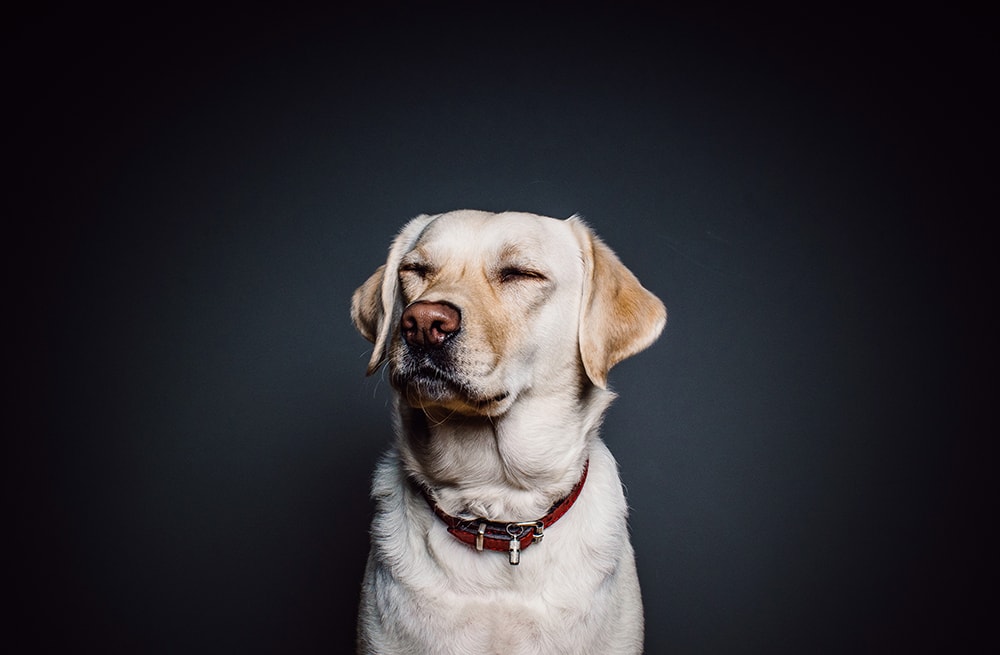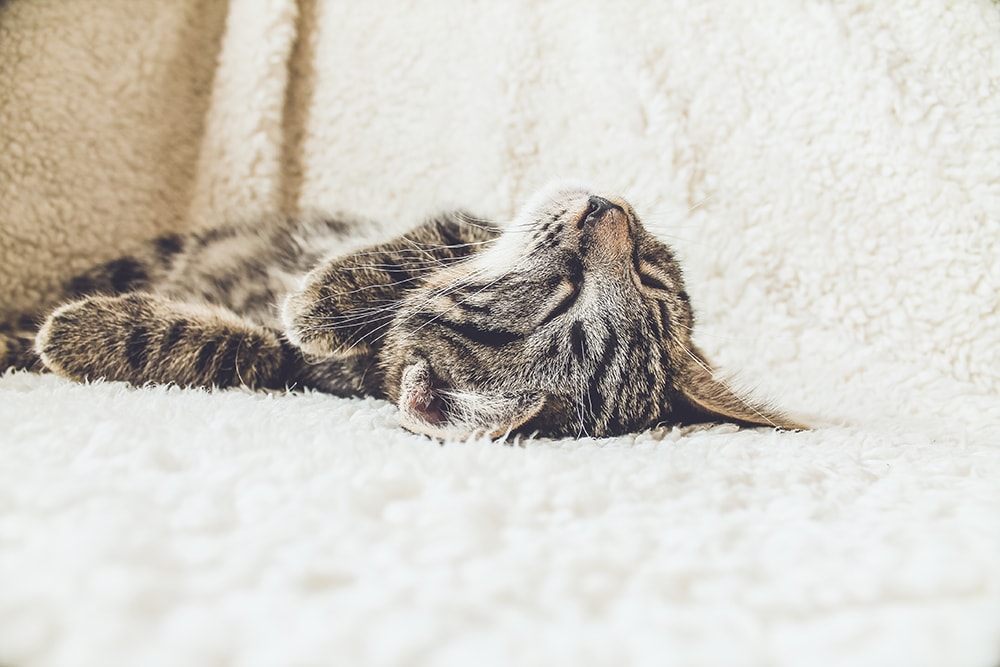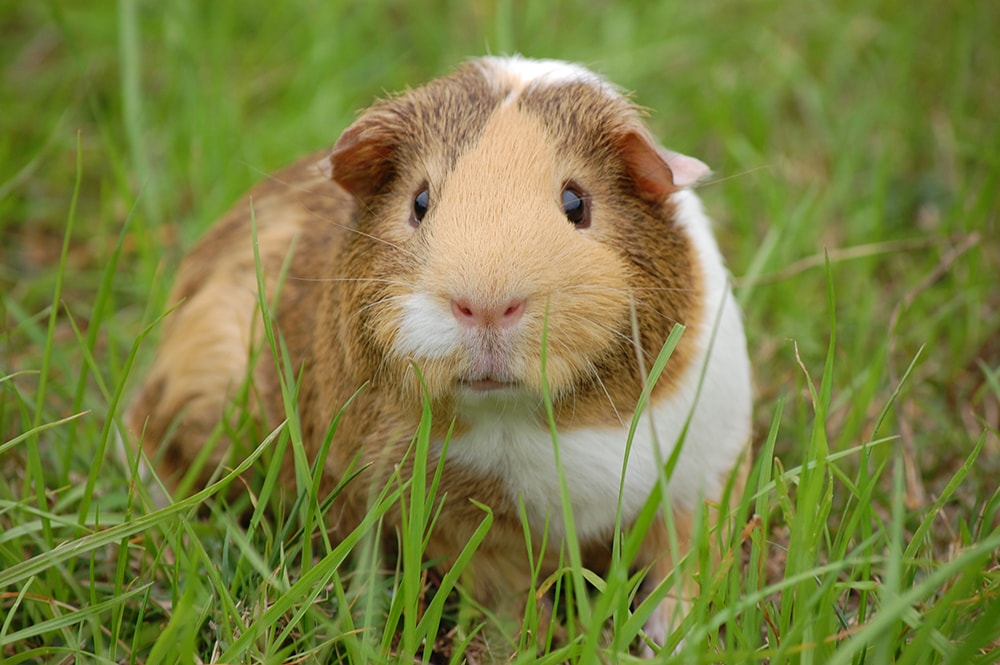How To Successfully Photograph Your Pets
We all love our furry friends, but photographing pets can present a challenge to even the most experienced photographers!
Animals don’t understand the concept of posing for a photograph but fortunately, with a few simple tips you can shoot lovely pictures of the pets in your life.

Be Ready In Advance
Pet photography is a genre where it pays to have your camera set up in advance. Animals don’t always stay still for very long, and certainly won’t wait patiently while you adjust settings. Ideally, you’ll want to work in full manual mode but, if you’re still learning, try a mode such as Aperture priority or Shutter priority. This gives you control over some of your settings, but the camera will work out the rest for you. So, how should you set your camera up?
- Shutter Speed: If your pet is static you won’t need a particularly fast shutter speed, but make sure you shoot at 1/60th of a second and above to avoid any risk of camera shake. For action shots, you will need a faster shutter speed to freeze your pet. Start at 1/250th of a second and work up from there if you need a faster speed to keep your pet sharp and in focus.
- Aperture: In general, it’s best to photograph your pet in surroundings that he or she is comfortable in. This can, however, mean that your backgrounds won’t be particularly attractive. So, use a smaller depth of field (i.e. a larger aperture). This will blur out the background and help your pet to ‘pop’ out of the photo.
- ISO: A low ISO will be most attractive to preserve detail and prevent noise (digital grain). However, as using flash isn’t a great idea with pets (unless you’re completely out of other options), you may need to raise your ISO to allow more light into your camera. Modern DSLRs are generally far more acceptable at higher ISOs, so you should still get lovely results.
- Focusing: Set your camera to continuous AF mode, so that you can pan with your pet if it starts moving.

Interact With Your Pet
Most of our pets respond to our voices or love playing. So rather than trying to keep them sat in one place, use their toys or treats to engage their attention and get a wider variety of shots. You might also find that this leads to the opportunity to capture action shots, so make sure you use a fast shutter speed to freeze your pet. Another good tip is to try using continuous shooting, so that you get a sequence of shots of your pet playing. This can give you a really fun and varied range of photos!
Get Closer
Most pets are smaller than humans (with the obvious exception of horses), and you don’t want them to get lost in the frame. Make sure you fill the frame with your pet, so that you keep the focus of the image on them. This can also help remove any distracting background details. Some pets might not be that easy to get close to, so you could try using a telephoto lens. This will also help you with using a smaller depth of field.
Sharp Eyes
As with human portraits, it’s really important to make sure your pet’s eyes are sharp. The eyes are what draws a viewer into the image and helps them to interact with the shot. Make sure you choose a suitable focal point that you can position in-between the eyes. This is particularly important when you’re using smaller depths of field, to ensure that the eyes remain sharp.

Lighting
Using flash with your pets generally tends to be a big no-no! For one, the flash is most likely to distract your pets and may even spook them – causing them to run away. Plus, the problem of red eye can be really amplified with animals. So using natural light is always the best solution. If you can’t shoot outside with natural light, then try to photograph your pets using a window to allow in more light. Also, don’t be afraid to push your ISO a little higher if you need to.
Pets Are All Different
As with human beings, all pets are different and have different characters. The best shots of animals come when they are relaxed and in their natural routine, and you need to work with their personalities. Think about what your pet likes to do and take photos when they’re in a happy place! You could even try photographing your pet when they’re engaged in an activity and aren’t aware of you taking shots.
With these tips, you should hopefully start to get some lovely photos of your pets!
